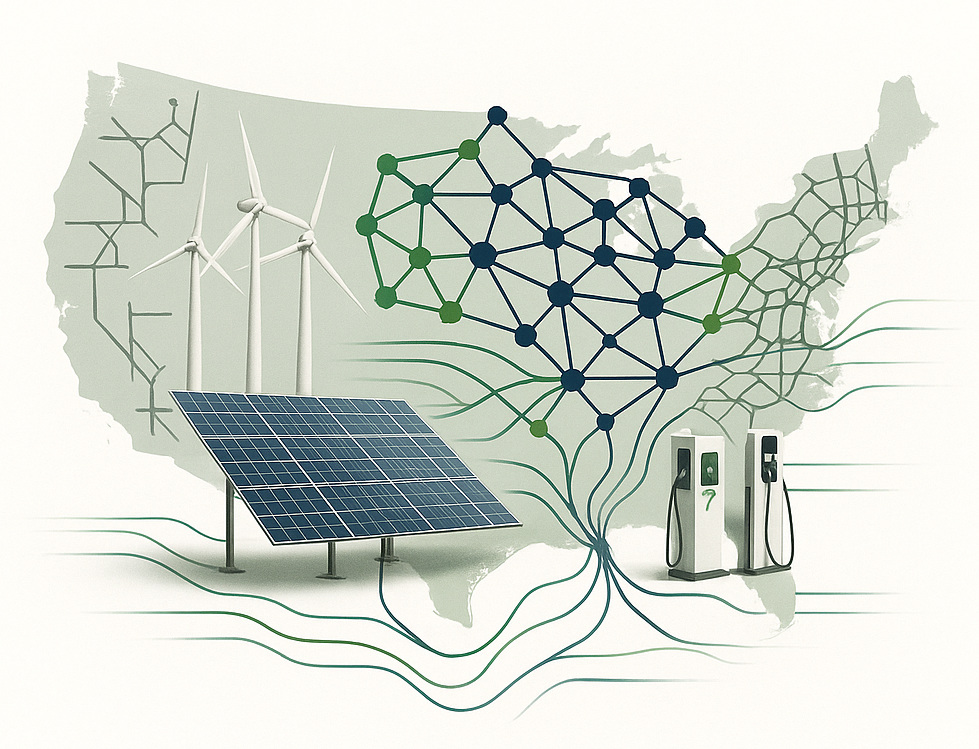AI-Powered Sustainability: A Strategic Roadmap for U.S. Corporate Leaders
AI has evolved from isolated sustainability pilots into a strategic, enterprise-wide engine—driven by regulation, investor demand, climate risk, and technological maturity—that is rapidly becoming essential for competitive advantage in corporate ESG performance.



